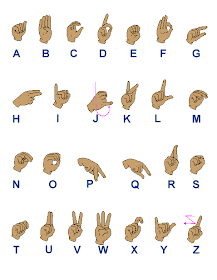Do you need an idea to challenge kids to draw their hands? Here it is!
Drawing hands can be very challenging. (Whoa! Even for some of us adults!) There's a lot there- wrinkles, knuckles, nails, maybe even a hangnail. But what if your students are up to the challenge? Here's a good project to try. You won't be sorry!
When we start this project, the kids practice drawing their hand in many different positions on rough draft paper- pointing, fists, peace signs and open hand. Taking the time to look carefully. Your hands have a lot of detail.
My one secret I tell them- is to draw what ever is largest first. So the kids know, when it comes to hands, draw the palms/wrist first, then the fingers.
They then practice blending skin tones with colored pencils using the cross cross hatch method. On the finished project they will have to do a lot of shading along each finger, the palm and the wrist on the side they want the shadow on. (One problem- Just make sure they are consistent on the side they are drawing the shadows on. Finger, palm and wrist shadows should all be on the same side. It can get confusing for them.) The colors we use range from light peach to darker browns depending on their skin tone.
 |
| American Sign Language |
Next, the kids get a work sheet that has a copy of American Sign Language alphabet symbols. The kids then have to pick a word that's important to them and draw it using the hand symbols, spelling it out with ASL.
The sample that is shown at the top of the post is a drawing of the student's name, but they don't have to draw their name. The kids have drawn many other words such as peace, love, laugh, football, soccer, Red Sox, Patriots, etc. Any thing that means something special to them.
Along with the hands, the kids have to draw symbols that go along with the word they have chosen. You can see a 'peace symbol' in the picture above; along with the word peace spelled out in sign language.
Do you have your students draw their hands? I'd love to hear about it! You can comment below.
Ps. Here's another art project that involves hands.


















































